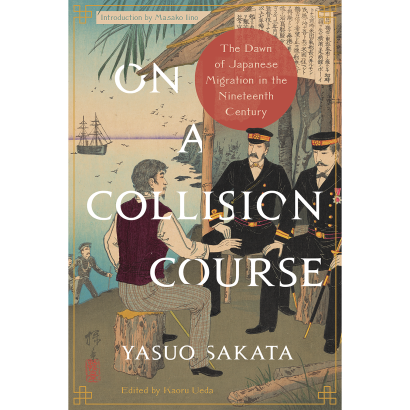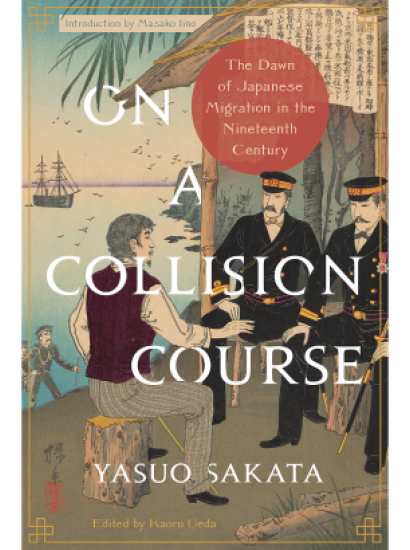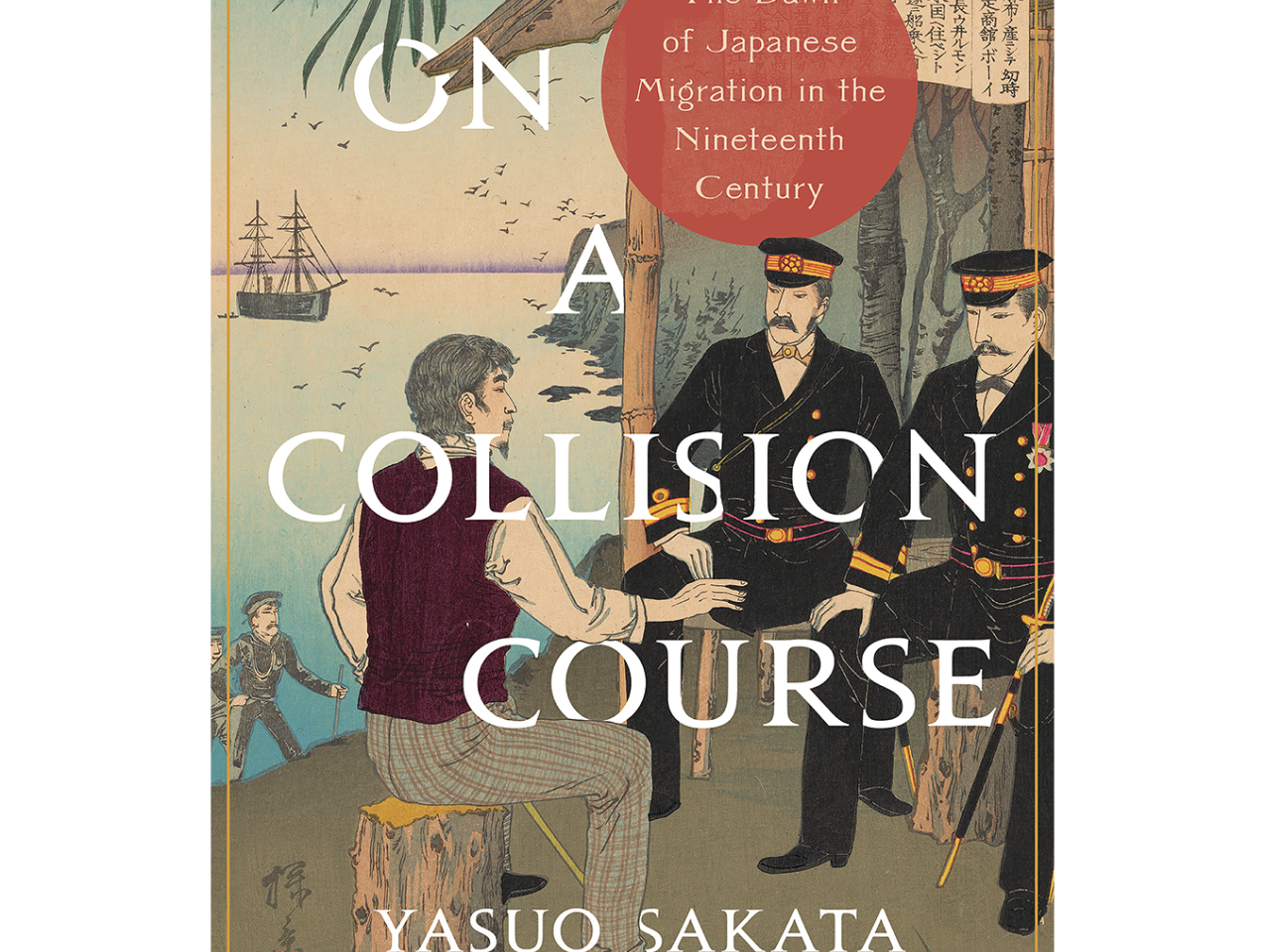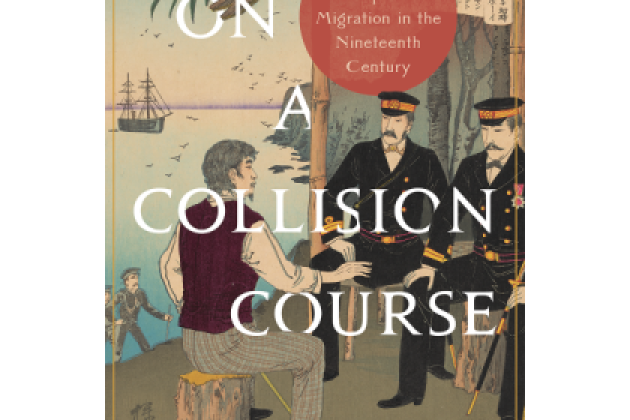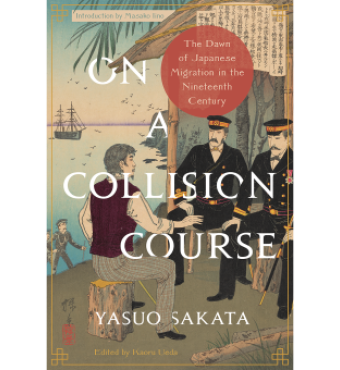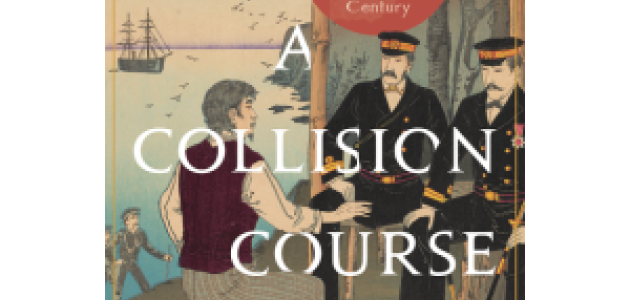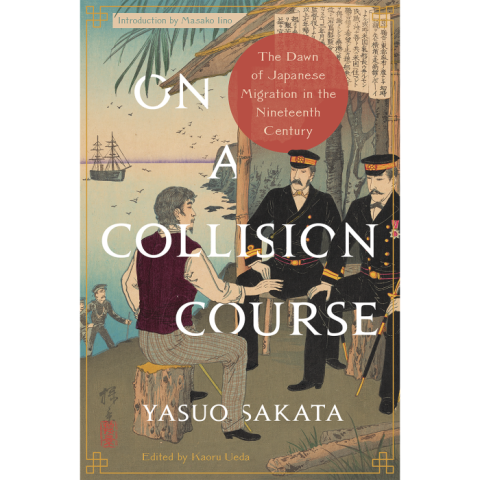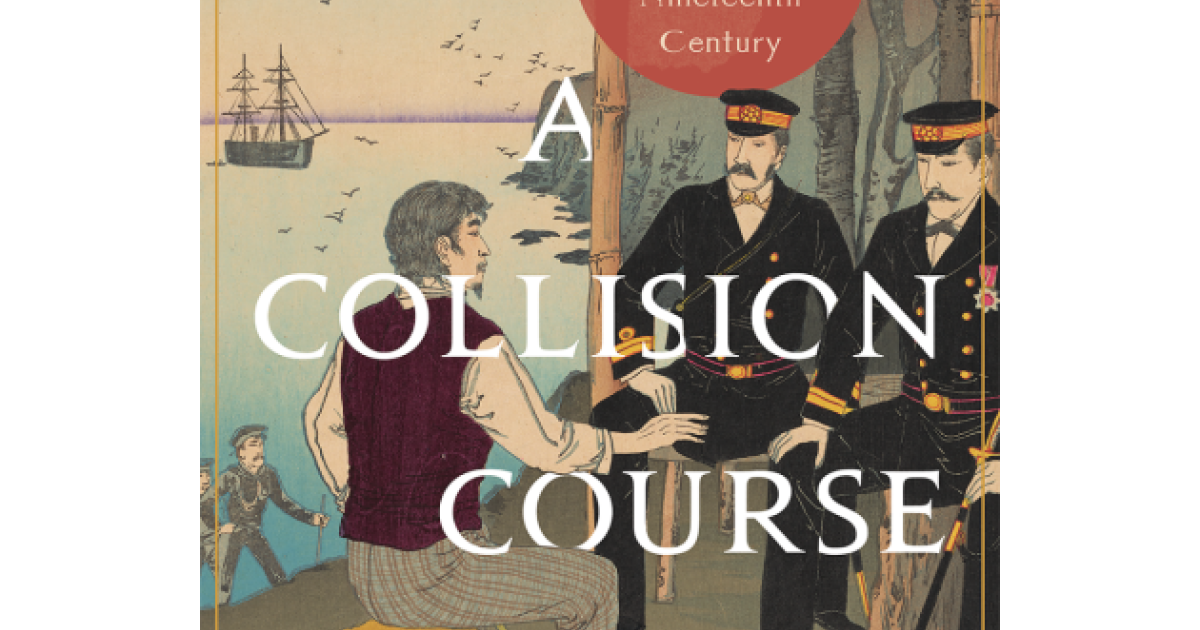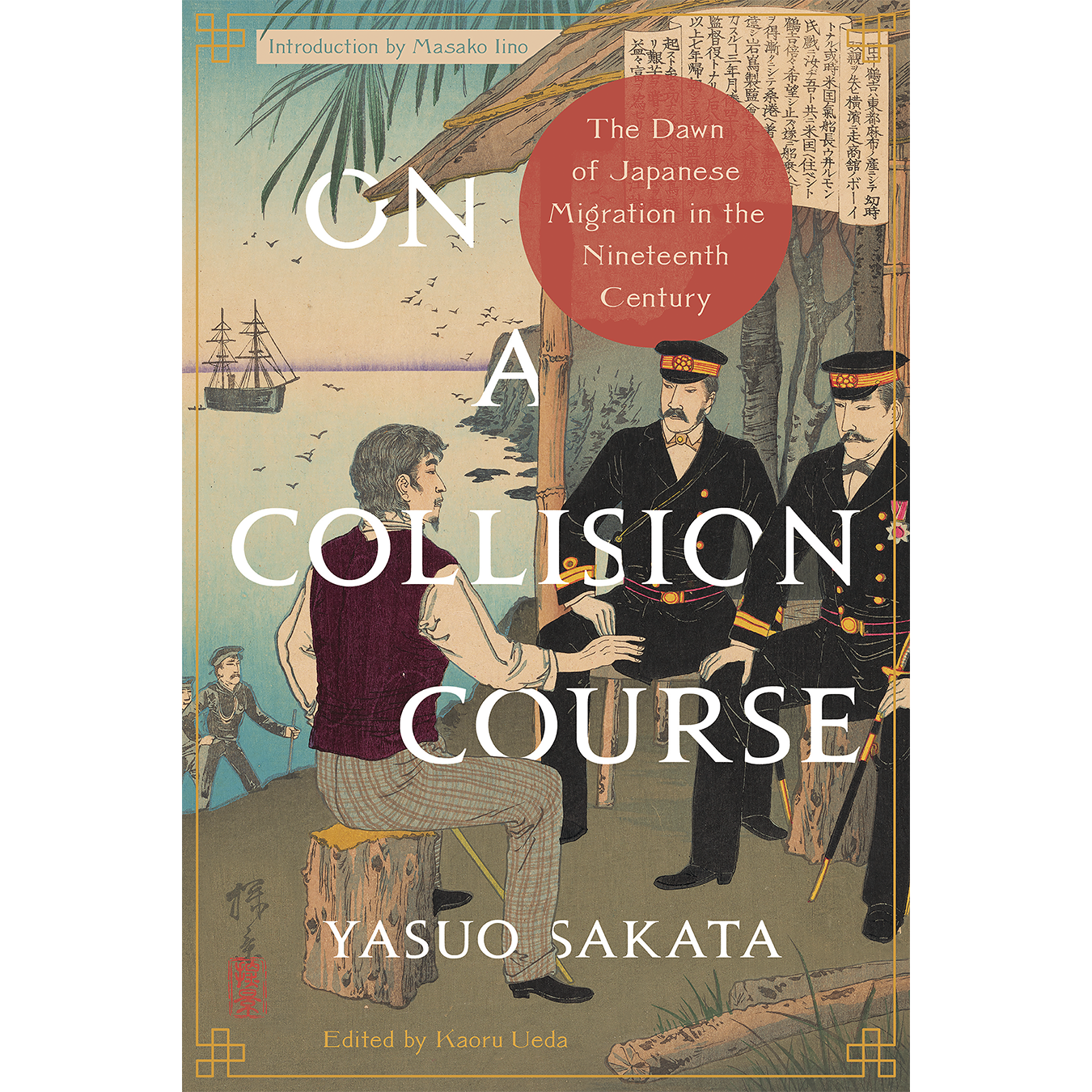
by Yasuo Sakata, Edited by Kaoru Ueda, and Introduction by Masako Iino
In five meticulously researched essays, Yasuo Sakata examines Japanese migration to the United States from an international and deeply historical perspective. A prominent figure in the field of Japanese migration studies, Sakata argued the importance of using resources from both sides of the Pacific and taking a holistic view that incorporated US-Japanese diplomatic relationships, the mass media, the American view of Asian populations, and Japan’s self-image as a modern, Westernized nation. In his first essay, Sakata provides an overview of resources and warns against their gaps and biases: many have been lost or intentionally destroyed in circumstances including the 1906 San Francisco earthquake and fires and the incarceration of Japanese Americans during World War II, or reflect culturally based inaccuracies. In the other essays, Sakata examines Japanese migration through a multifaceted lens, incorporating an understanding of immigration, labor, working conditions, diplomatic relationships, and the effects of war and mass media. He further emphasizes the distinctions between the dekasegi period, when Japanese crossed the Pacific for work with the intention of returning home, the transition period, and the imin period, when they became permanent residents. He also discusses the self-image among Japanese as distinct from the Chinese, more Westernized and able to assimilate—a distinction lost on Americans, who tended to lump the Asian groups together, both in treatment and under the law. Japan’s Meiji era brought the opening of Japanese ports to Western nations and Japan’s eventual overseas expansion. This translated volume of Sakata’s well-researched work brings a transnational perspective to this critical chapter of early Japanese American history.







